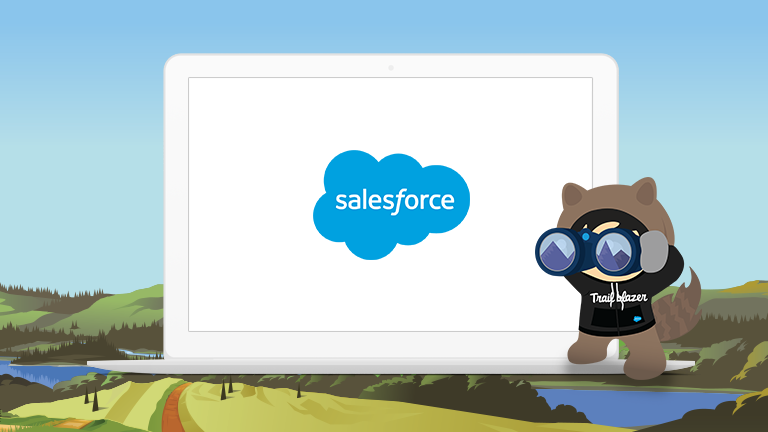GE Renewable Energy creates a user-friendly B2B storefront.
Learn how GE Renewable Energy deployed a digital commerce portal in just 10 weeks.
May 2022
4 min read

Marketing & Strategy Leader, GE Parts and Repairs
Use customer feedback to inform the MVP approach.
GE Renewable Energy began by conducting online surveys and phone interviews with customers to identify their pain points and how to improve the shopping experience. Customers told GE that they wanted a simplified site where it was easy to find parts and prices and quickly complete their buying journey. The market segmentation fueled by this research helped inform GE Renewable Energy’s viable product approach.
The MVP approach helped focus the team on the top features needed to build a superior site that met customer expectations.
“At the start, there’s so much you want to do so fast. You want to transform everything. But the phased approach makes you pause and organize your thoughts and your priorities, create that MVP plan, execute that, and build on those successes. They may be smaller successes, but they build up to that larger overall program success.”
Create a pilot program — and get customer feedback again.
GE’s MVP approach began with focusing on the customer.
“We knew the customers’ needs had to be front and center. Everything related to system integration and automated order processing was out because customers don’t see those processes. That focused us on helping users find the right part, simplifying the checkout process, and driving price transparency and self-service.”
With the help of implementation partner Deloitte Digital, GE used B2B Commerce to build a lightweight pilot program, with a refined front-end shopping experience but no back-end implementation. Customers could see and engage with the solution and give feedback about what the company was building — and what features the storefront was still lacking.
“It was critical for us to have customer voices heard throughout the process and to really ensure that we’re keeping them as the North Star through this project.”
Create a storefront experience that mimics the B2C experience.
Based on feedback from the pilot, GE and Deloitte Digital tweaked the storefront. The portal has responsive design and mobile capability, and presents a simplified typical B2C shopping experience.
The new virtual storefront features self-service capabilities that allow customers to search by keyword and part number. They can simply enter the wind turbine model, and the results will show only parts relevant to that turbine.
Users can drill down through multiple category hierarchies and ad hoc facets, check product availability, identify obsolete parts and their replacements, request a quote, place orders, and check order status.
Streamlining B2B search for expansive catalogs and complex products directly addresses customer pain points most specifically the clunky, time-consuming buying process.
Use automation to simplify processes so staff can focus on customers, not tasks.
After the front end and its user interface were complete, GE and Deloitte Digital integrated B2B commerce with the ERP and pricing systems, and built automation into the system’s back end to handle order processing and fulfillment.
“Customers don’t need to wait for a human being to process their orders, driving faster response and return to service, which is a priority when our customers want to avoid a stopped turbine and continue producing renewable energy. The automation also frees up employees to focus on helping users find the right part and answering questions or providing additional details about a product.”
Get buy-in from all areas of the organization.
While the implementation team built this superior storefront experience, the business team maintained constant contact with the organization’s financial, business, and technical sides to earn their buy-in. The team demoed the latest features and sought feedback before moving to each next step.
That allowed the team to measure success as they went along — and iterate as needed.
“It was essential for our success that the business and technology teams were tightly aligned. And there’s a broader set of people on both the business and technology sides who came together to make sure we were releasing the right functions and features.”
Getting large budgets approved can be difficult, but by keeping the financial side involved and showing successes along the way, the implementation team was more able to get approval for smaller expenses as they came up in the natural course of deployment.
Since rolling out the new storefront, GE Renewable Energy has seen increased customer engagement, growing its user base by 35% in the last six months. Most users are accessing the site at least twice a week.
The data collected from those engagements helps the company better understand the customer journey and continue to modify the store.
“Now we know what features customers are using, what they’re looking for, and what they’re looking for that they can’t find. With that information, we can really improve the customer experience, and continue to drive sales.”

Blog
The Minimum Viable Product Approach to Ecommerce Is a Game Changer — Here’s Why

Blog
Why Search Is the Unsung Hero in B2B Commerce

Blog
5 Ecommerce Trends to Watch in 2022 and Beyond
More Resources

Webinar

Report

Playbook


